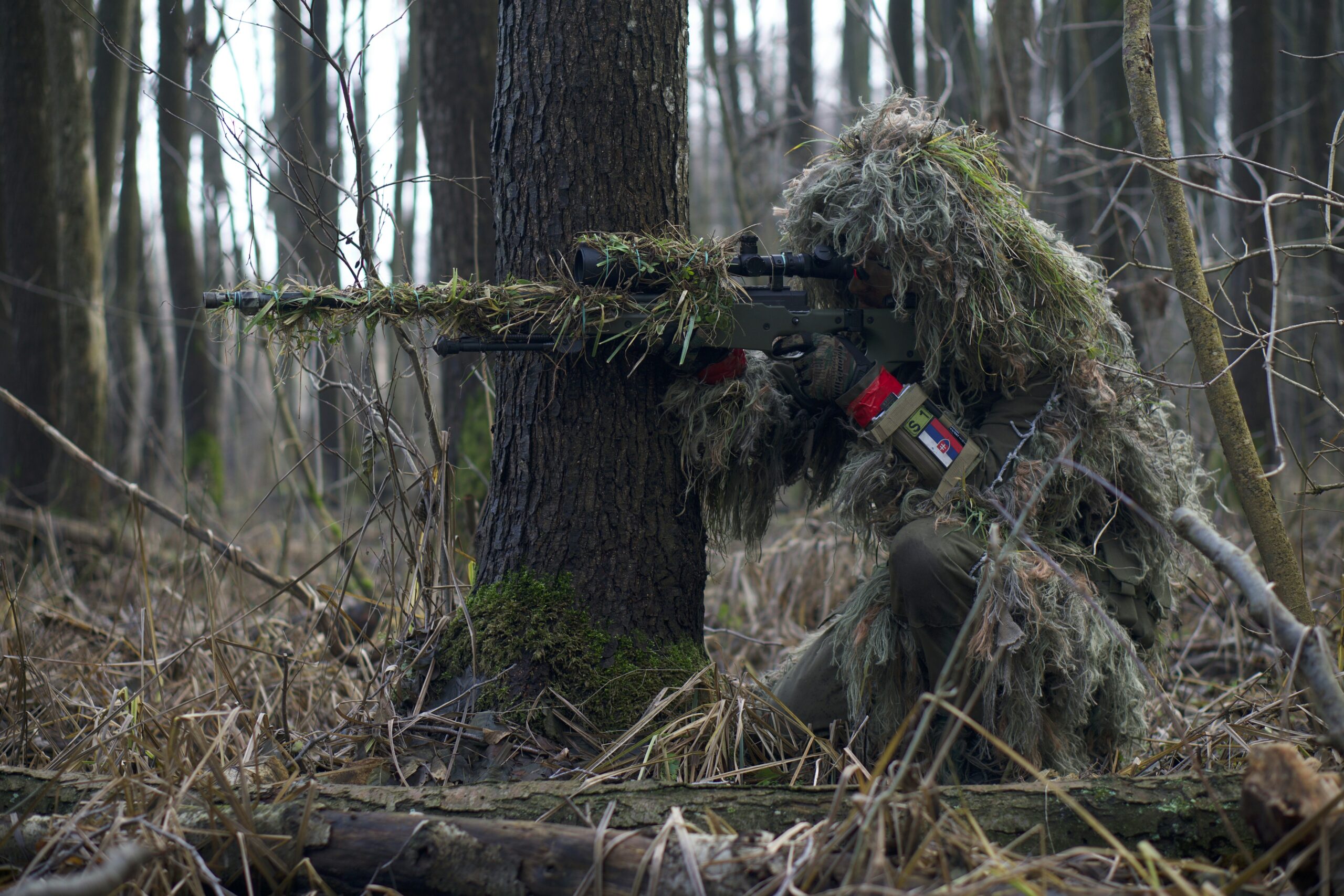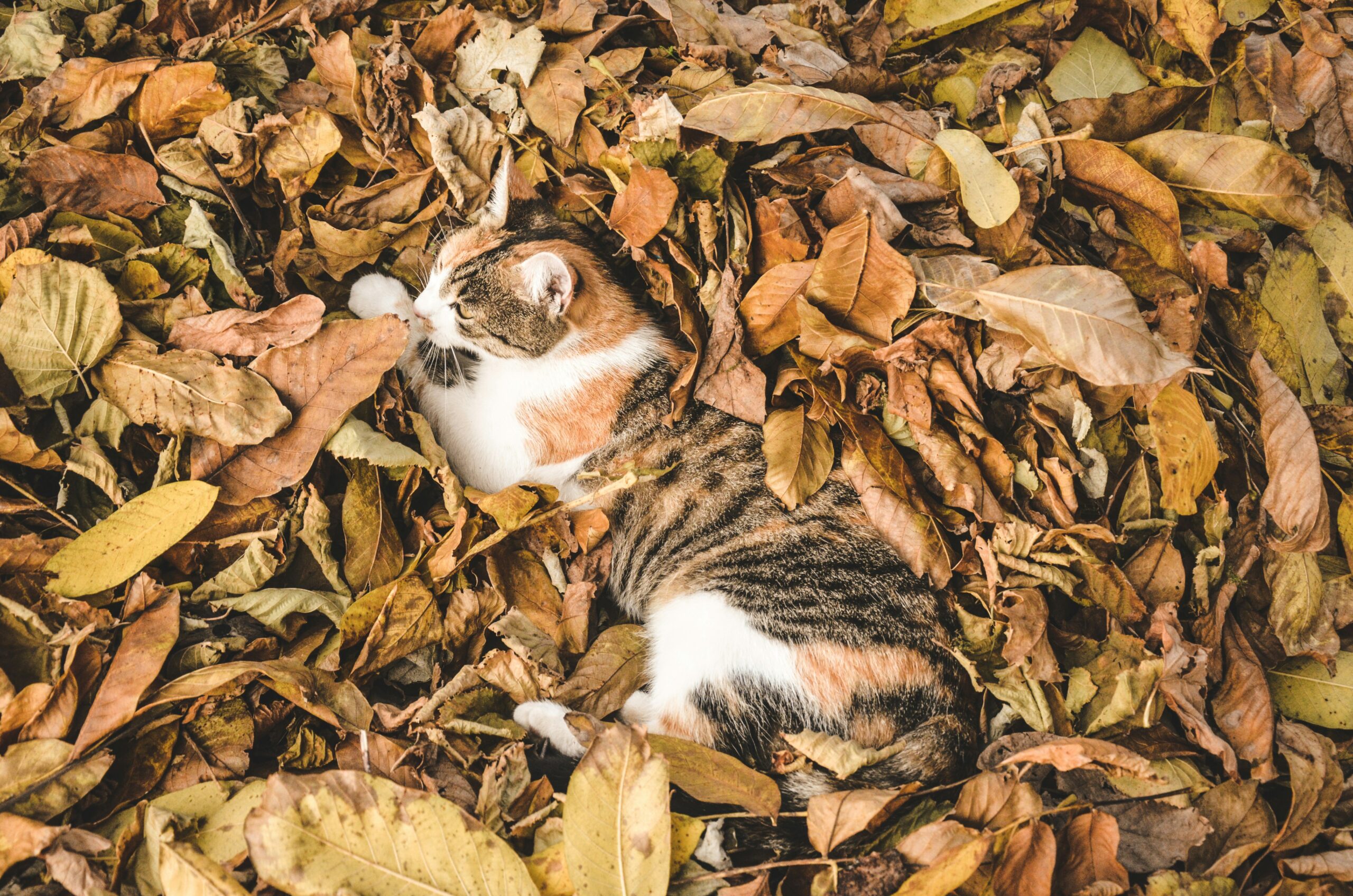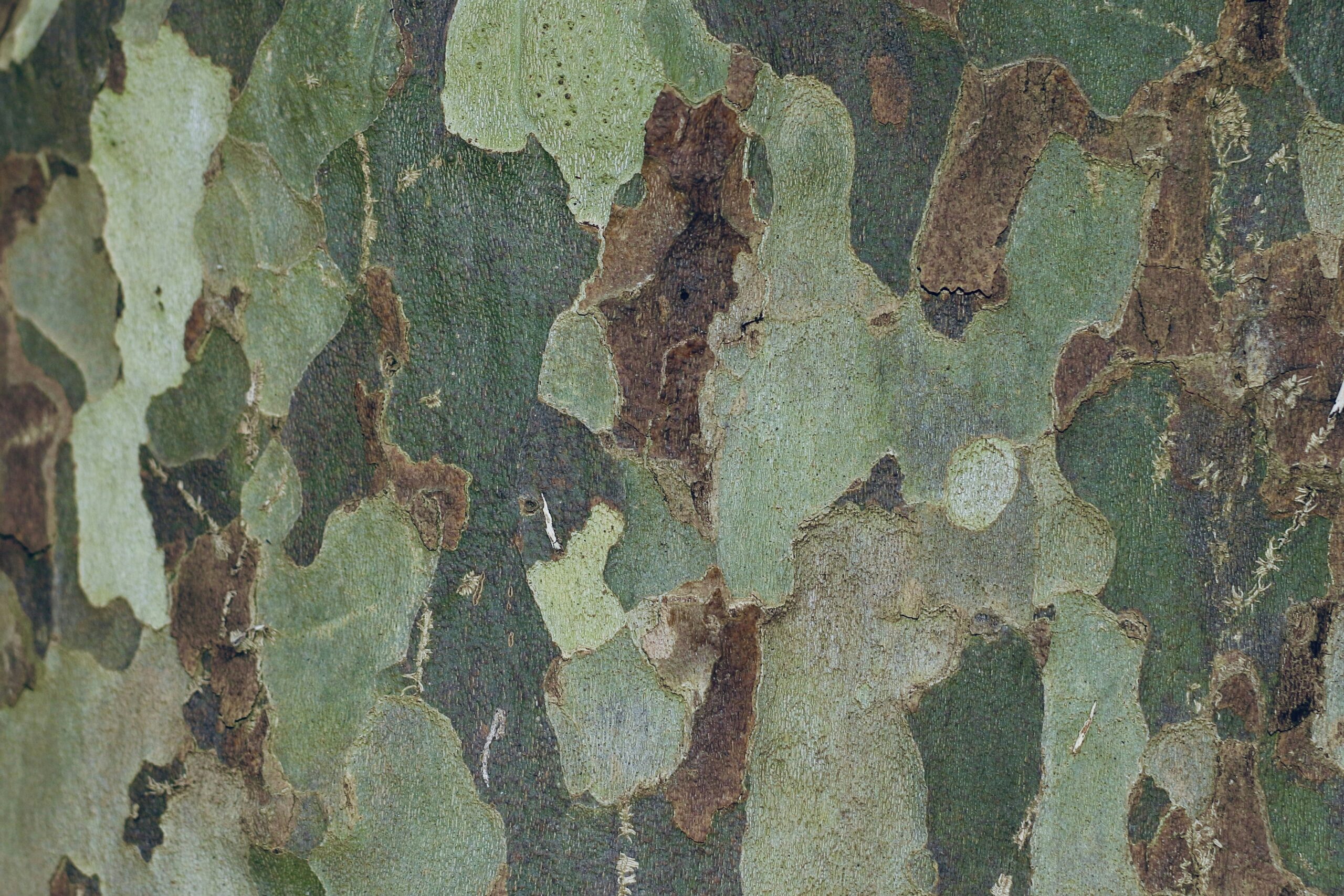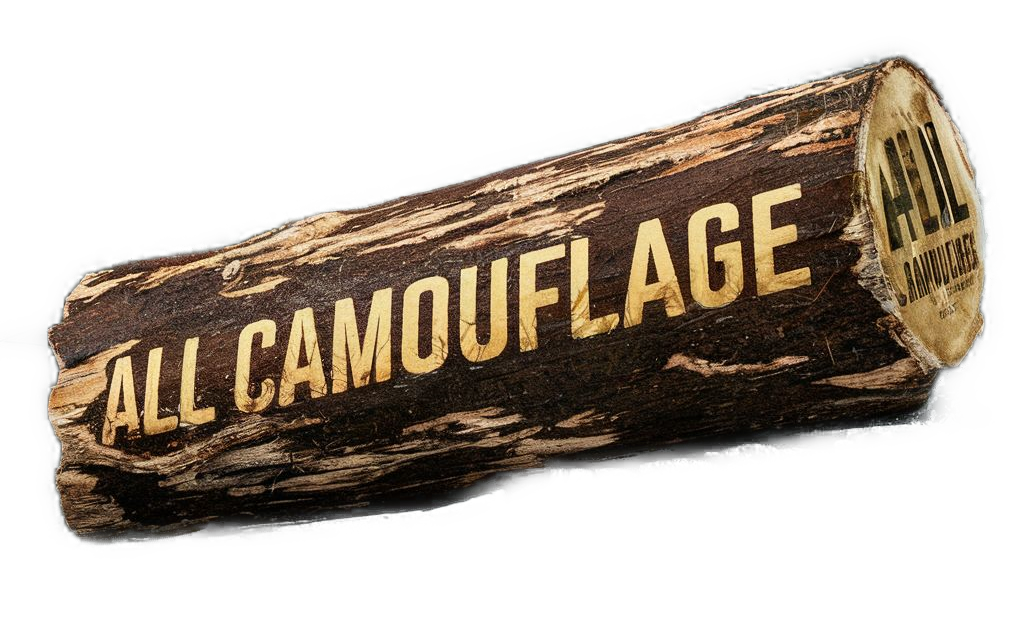Have you ever wondered how animals blend seamlessly into their surroundings, evading the prying eyes of predators? Or perhaps you’re curious about how military personnel manage to remain unseen in diverse terrains. This ancient art and modern science of hiding in plain sight is known as camouflage, a pivotal survival strategy for both the animal kingdom and humans.
Camouflage is more than just an artistic splash of greens and browns. It’s an intricate dance of deception and illusion, where staying hidden can make the difference between life and death. The story of camouflage is as old as time itself, and its role in survival situations is as relevant today as it was millennia ago. Whether you’re looking to enhance your understanding for a wilderness adventure or merely satisfy your curiosity from the comfort of home, unraveling the secrets of camouflage is sure to be an enlightening journey.
What is Camouflage?
Camouflage is the method by which organisms, including humans, conceal themselves to avoid detection. It involves a symphony of visual elements such as color, pattern, shape, and texture. The goal is simple: to merge with the environment. In the animal kingdom, this capability serves both offensive and defensive purposes. Predators may use camouflage to approach prey stealthily, while prey species often rely on it to blend into their surroundings and stay hidden from predators.
In human contexts, camouflage is employed in various scenarios, most notably in military and hunting situations, but it can also be a strategic asset in survival settings. Whether you’re a soldier, a wildlife photographer, or just someone trying to stay out of sight in the wild, mastering camouflage can be crucial.
The History of Camouflage
The origins of camouflage date back to before humans walked the earth. Countless creatures, from chameleons to tigers, have evolved over time with this innate defense mechanism. Early humans observed and mimicked these animals long before the term ‘camouflage’ was coined. Hunters and gatherers painted their bodies and adorned themselves with natural materials to become part of their environment, silently moving through forests and grasslands.
The formal development of camouflage in the human military context didn’t occur until the World War eras. Artists, notably the French painters known as ‘camoufleurs,’ were enlisted to design patterns that allowed soldiers and equipment to blend into the landscape. These historical moments were pivotal in cementing camouflage as a core component of military strategy.

Principles of Camouflage
Understanding the basic principles of camouflage is essential. It involves a complex interplay of factors that deceive the eye and mind, tricking observers into missing what’s right in front of them.
Blending and Disrupting
Blending, or background matching, is when a creature or object takes on the color and pattern of its surroundings. This can make it virtually indistinguishable from its background. For instance, a leopard’s spots mimic the dappled light of the forest floor, breaking up its outline as it slinks through the underbrush.
Disruption, on the other hand, involves bold patterns that obliterate the outline of an object, confusing the observer’s perception. The concept behind disruption is to make it difficult for a viewer to discern the true boundaries of an object or animal’s shape, often leading them to misjudge distance and size.
Mimicry
Mimicry is a fascinating aspect of camouflage where an organism copies the appearance of another species or surrounding inanimate objects. This method can provide protection by imitating species that are either toxic or have formidable defense mechanisms.
Motion Camouflage
This is a technique used by some predators to approach their prey without being detected. By keeping their movement through visual corridors obscured or directed toward their target, they manage to evade notice until the last possible moment.
Types of Camouflage in Nature
Nature has bestowed its inhabitants with an array of camouflage types designed to suit their ecological niches. These adaptations are as diverse as life itself, each an evolutionary marvel catering to specific needs.
Cryptic Coloration
This is one of the most common forms of camouflage. It involves colors and patterns that match an animal’s environment to help it blend in. For instance, sandy-colored fur helps desert-dwelling animals like the fennec fox avoid detection.
Countershading
A technique where the animal’s coloration is darker on the top and lighter on the bottom. This gradient in color helps flatten its appearance, counteracting the effects of shadow and light to create a more uniform appearance. Sharks and penguins are prime examples, showing a mix of colors that blend with both the dark depths below and the lighter waters above.
Disruptive Coloration
Animals like zebras use disruptive coloration to confuse predators. The stark contrast of stripes prevents observers from discerning the animal’s body outline, especially in a herd setting.
Ocular Deception
Some species use fake “eyes” to startle or mislead predators. For example, butterflies and moths may have eye-spots on their wings, appearing more threatening than they actually are.
| Type of Camouflage | Description | Example |
|---|---|---|
| Cryptic Coloration | Blends with surroundings | Fennec Fox |
| Countershading | Different colors on the top and bottom to flatten appearance | Shark, Penguin |
| Disruptive Coloration | Bold patterns break up the body outline | Zebra |
| Ocular Deception | Using false eyes to startle predators | Butterflies, Moths |

Camouflage in Human Context
For humans, the purposes of camouflage extend beyond mere survival. It can mean success in various activities from military operations to recreational pursuits like hunting and wildlife photography.
Military Use
The military has long harnessed the power of camouflage to gain tactical advantages on the battlefield. Uniforms are designed for specific terrains—forest, desert, snow—with patterns that match the environment. Equipment and vehicles are also camouflaged to reduce visibility from enemies. During the Vietnam War, soldiers used “tiger stripe” patterns, and today, digital camouflage patterns have been developed for modern warfare’s multifaceted environments.
Hunting and Wildlife Photography
Hunters employ camouflage to mask their presence from game animals. This involves not just clothing, but also masking scent and noise. Wildlife photographers, too, use camouflage gear to get close to their subjects without disturbing them. The aim is to become part of the natural environment, allowing for observation and documentation without interference.
Survival Situations
In survival scenarios, camouflage can be crucial. Whether escaping a pursuer in a wilderness setting or simply avoiding detection, blending into the environment can provide a strategic edge. This might involve constructing makeshift shelters that mimic the natural landscape or wearing clothing that matches the terrain.
Techniques to Enhance Human Camouflage
Mastering the art of camouflage is about more than donning the right wardrobe. There are techniques that can make you virtually invisible to the keenest eyes.
Choose the Right Colors
Always opt for colors and patterns that match your environment. Small details like leaves, twigs, and mud can enhance your appearance, helping you more closely resemble your surroundings.
Use Natural Materials
Incorporating elements like leaves, branches, and dirt can help break up your human outline. Adding these to your clothing and equipment allows you to blend seamlessly into the natural environment.
Reduce Shine
Metallic or reflective surfaces can catch unwanted attention. It’s important to dull any shiny objects or cover them with cloth or vegetation.
Minimize Movement
Even the best camouflage can be rendered useless if you move too suddenly. Move slowly and deliberately, ensuring you’re aware of how movement affects your visibility.
Be Aware of Your Silhouette
Avoid creating a silhouette, especially against the skyline. Staying low to the ground and keeping close to natural features like trees or rocks can help avoid this.

The Psychological Aspect of Camouflage
Camouflage isn’t just a physical game; it’s also mental. Understanding how perception works can help you manipulate the mind of an observer.
How the Brain Processes Camouflage
The human brain is wired to recognize patterns and contrasts, which is why complexity in camouflage can effectively trick the mind. Various elements like foreground and background details play into creating a cohesive and convincing camouflaged disguise. Clever use of these tactics prevents accurate recognition of shapes and forms.
The Role of Illusion
Illusions can make static patterns seem dynamic, adding another layer of deception. This holds true both in natural and military settings, where complex designs can mislead and confuse observers.
Modern Developments in Camouflage Technology
Lately, there have been leaps in camouflage technologies. This includes thermal blankets that can evade infrared detection, adaptable camouflage that changes colors like a chameleon, and smart fabrics that mimic the textures of surrounding environments. The future of camouflage may well involve digital innovations that are reminiscent of science fiction.
Adaptive and Active Camouflage
Imagine materials that change coloration and pattern dynamically in response to the environment. Scientists are working toward adaptive fabrics that use built-in technology to adjust to varied surroundings just like a cuttlefish.
Digital Patterns
Unlike traditional patterns, digital camouflage utilizes pixelated designs that challenge the brain’s ability to focus and delineate shapes. These advanced patterns are increasingly becoming the norm in military apparel.
How You Can Implement Camouflage Techniques in Everyday Life
While not everyone needs military-grade camouflage in their day-to-day, the principles can be handy for various outdoor escapades or creative projects. If you’re an artist, understanding how colors and patterns play can enhance your work. For outdoor enthusiasts, employing these strategies can enrich your connection with nature and increase your success in activities like birdwatching or camping stealthily.
Conclusion
Camouflage is a fascinating blend of art, science, and cunning survival tactics. By understanding and implementing these techniques, you can gain a valuable skill set, whether in high-stakes situations or for your own personal interests. From the whispers of ancient forests to the cutting-edge innovation of modern fabrics, camouflage continues to captivate and inspire. Through mastering this craft, you can better navigate the world—sometimes unseen and always understanding.

